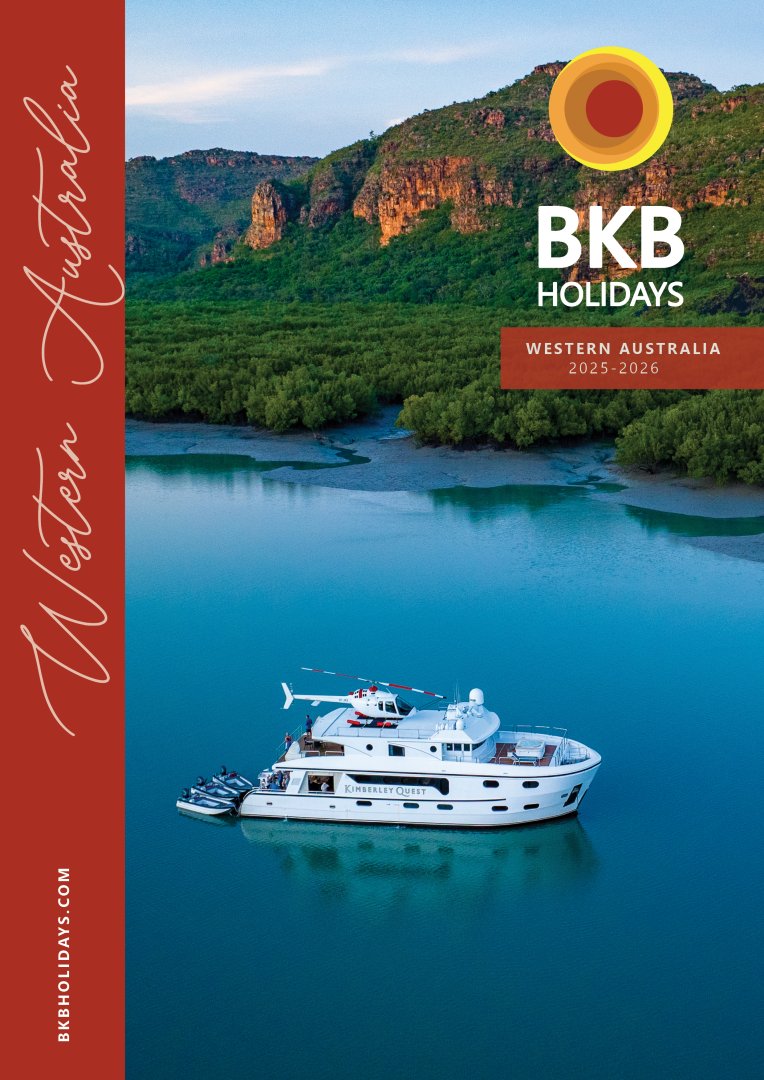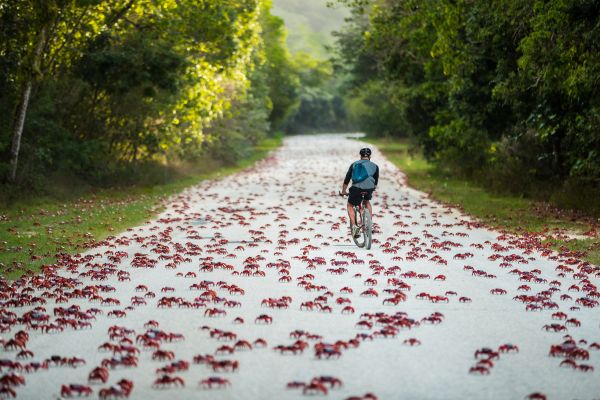Explore the best of Christmas Island
Christmas Island, Australia offers unique red crab migration tours, whale shark diving and eco-friendly wildlife holidays. Known as the "Galapagos of the Indian Ocean," this remote paradise features pristine coral reefs, rainforest hiking trails and exceptional birdwatching experiences. Whether you're chasing wildlife encounters or seeking an off-the-beaten-path adventure, Christmas Island delivers year-round. Let us create your perfect Christmas Island escape with local expertise and insider knowledge.
ESSENTIAL INFORMATION
Weather & Seasons
Tropical climate year-round (25–30°C). Dry season: April–November. Wet season: November–March.
Currency & Tipping
Australian dollars are used. Tipping isn’t expected but appreciated for great service.
Time Zone
Christmas Island Time is GMT +7 hours. No daylight saving.
Language
English is widely spoken. You’ll also hear Malay and Chinese dialects.
Transport
Hire cars are the best way to explore. Taxis and pre-booked transfers are also available.
Cuisine
Enjoy a mix of Malay, Chinese and Aussie flavours. Seafood and noodle dishes are local favourites.
Dress Code
Light, casual clothes are best. Bring reef shoes and cover up when visiting temples.
CHRISTMAS ISLAND REGIONS

Flying Fish Cove & Coastal Areas
Top snorkelling spot with coral reefs, dolphins and whale sharks near the main port.

Kampong
Cultural village with temples, traditional cuisine and vibrant Chinese and Malay heritage.

Poon Saan
Peaceful highland area with gardens, food stalls and local charm on Christmas Island’s plateau.

Silver City & Drumsite
Quiet historic areas with scenic views, walking trails and access to forest wildlife..

The Settlement
Historic hub with colonial buildings, shops, cafes and a calm beach for swimming and relaxing.

Xmas Island National Park & Inland Jungle
Rainforest sanctuary with hiking trails, blowholes, red crabs and rare birdlife.




